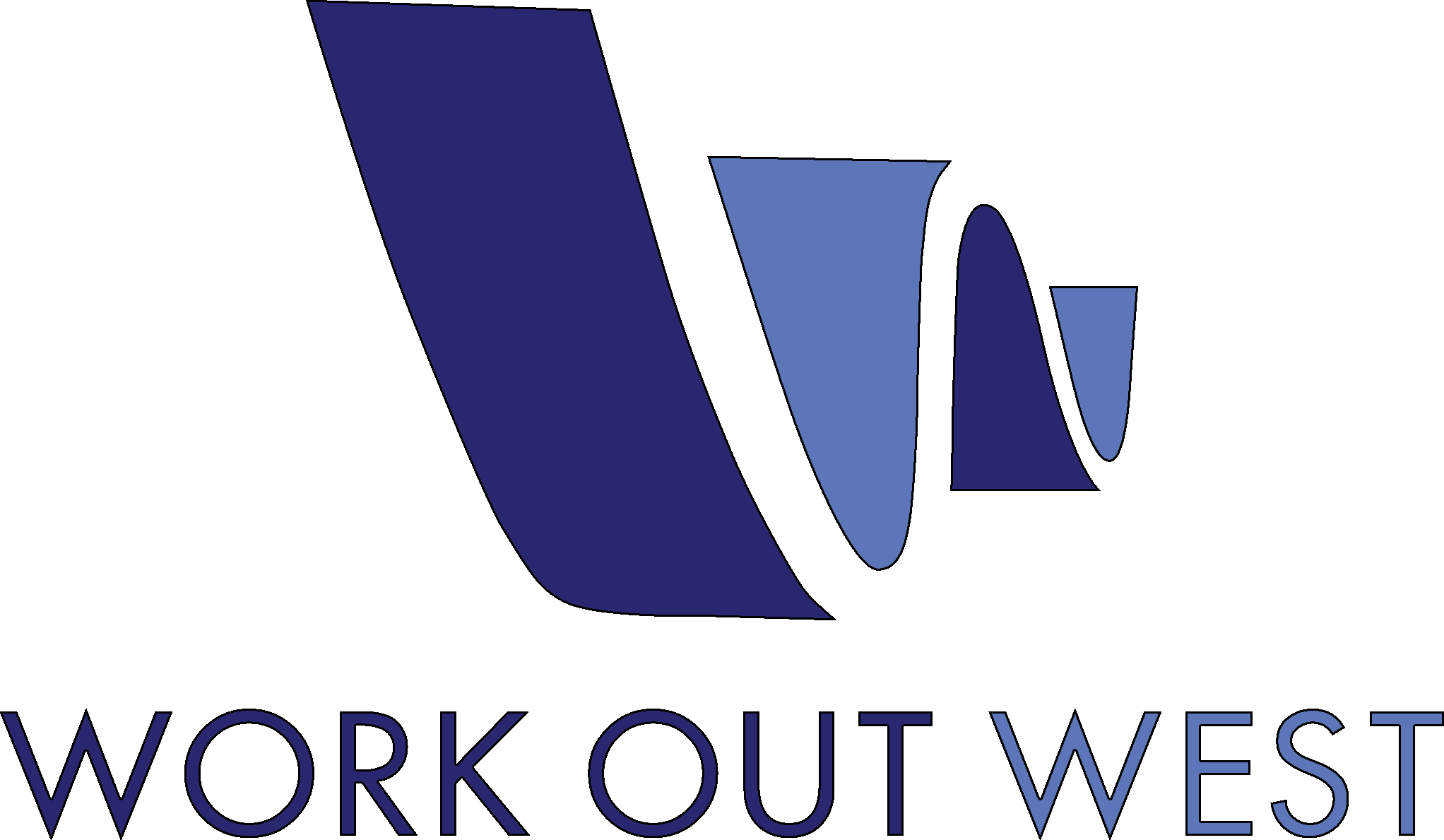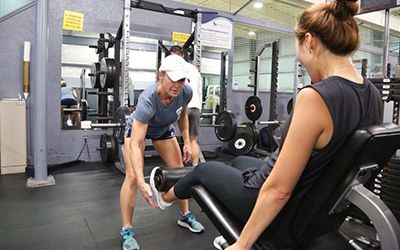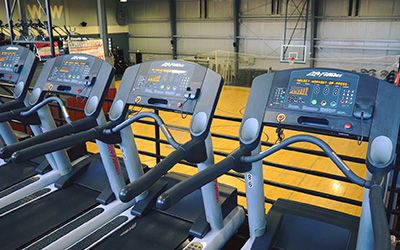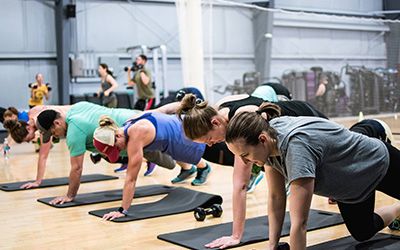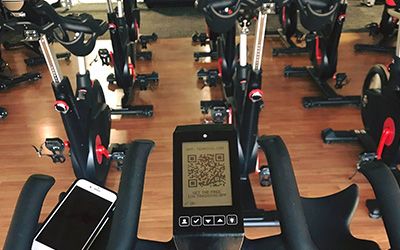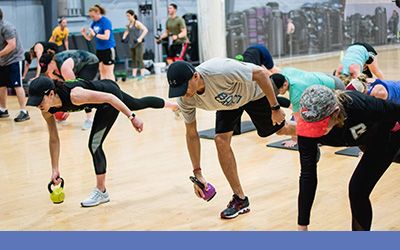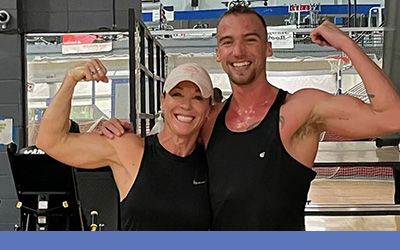Greeley’s Top Rated Local Fitness Campus
YOUR TOP RATED
Fitness Center
Welcome to Work Out West, your premier destination for an affordable and reputable fitness center that will help you reach your health goals.
SIGN UP NOW

JOIN OUR COMMUNICATION LIST BELOW-Not a Trial Pass Form
Your Family Owned Facility For Over 30 Years workoutwest.com
Our Fitness Services
Proudly serving Northern Colorado and nearby cities including Greeley, Evans, Loveland, Windsor, Timnath, Johnstown, and Wellington.
Hours:
Monday-Friday 3:30am until 10PM
Saturday 5am-7pm
Sunday 6am-6pm

About Our Fitness Center
We're a trusted gym and personal training service serving Northern Colorado and nearby cities including Greeley, Evans, Fort Collins, Loveland, Windsor, and Wellington.
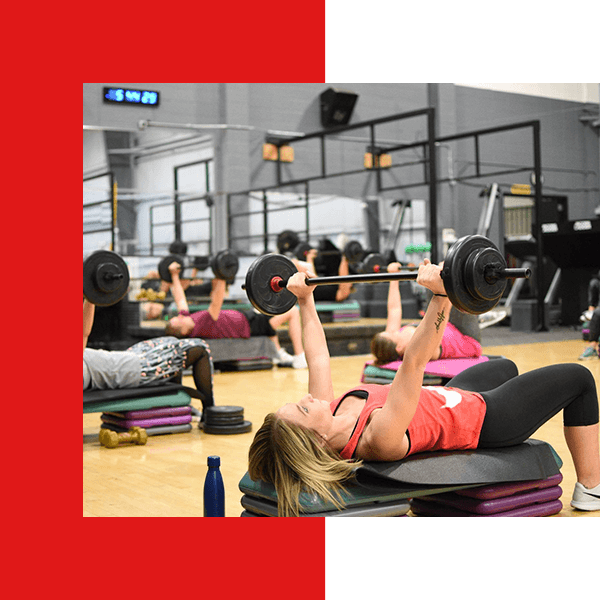
The Perfect Choice
Work Out West is the perfect choice for those looking to reach their fitness goals. Our gym offers a wide variety of state-of-the-art equipment, classes, and amenities to help you reach your fitness goals. Our certified and friendly staff are always available to provide guidance and support. We also offer flexible membership plans and a range of pricing options to meet every budget.
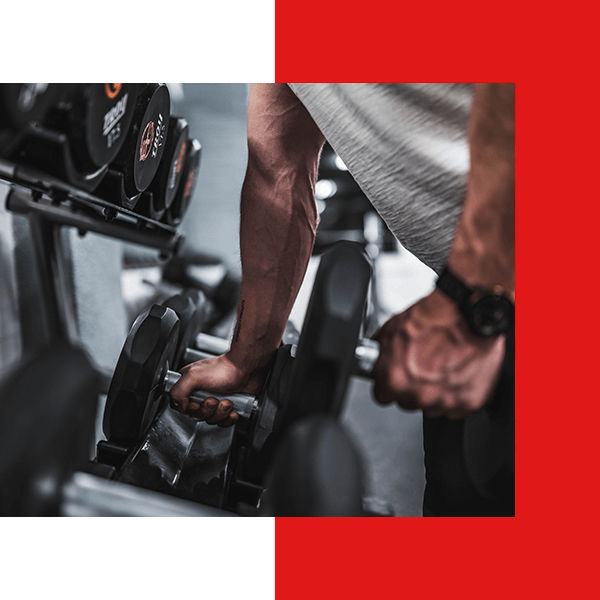
Your first step to fitness
With experienced trainers and supportive staff, you can find the motivation at Work Out West that you need to make a lasting change. Our gym offers a community of like-minded individuals to help you stay motivated and on track with your fitness journey. Work Out West is the perfect place to start your fitness journey and is sure to help you reach your fitness goals.
How can we direct you?
Want to try us out?
At Work Out West, we offer a free trial so you can experience all that our gym has to offer. With our wide range of services, including personal training, group classes, and more, you can find the perfect workout for you. Plus, our Greeley location is conveniently located and easily accessible. Come try us out and see how Work Out West can help you reach your fitness goals!
